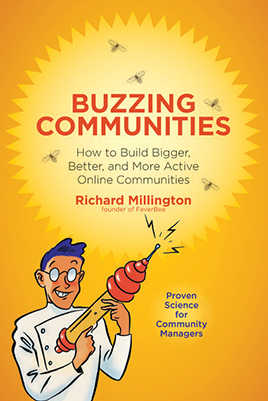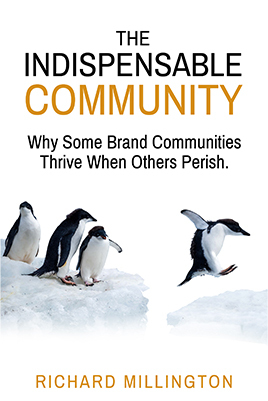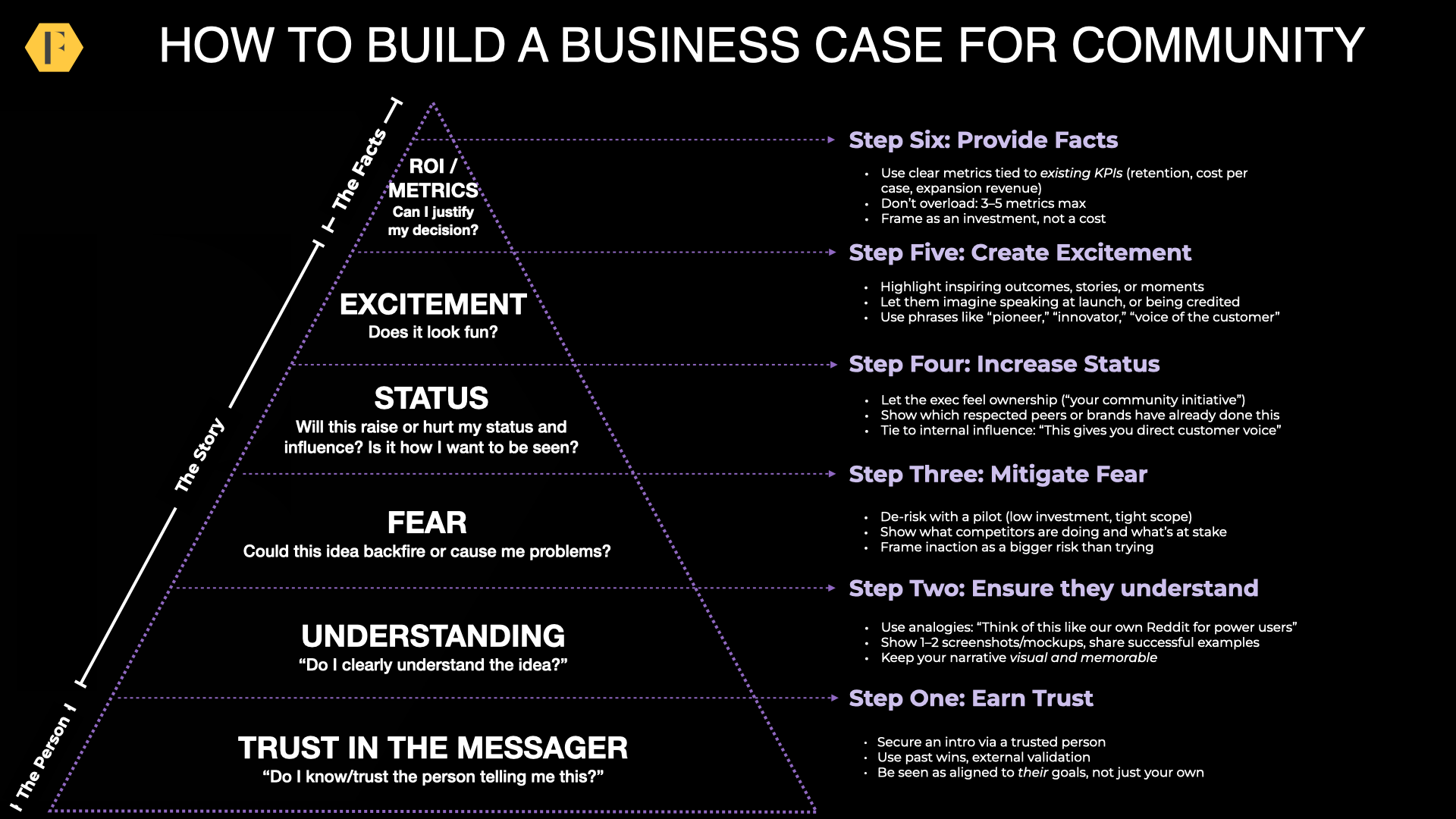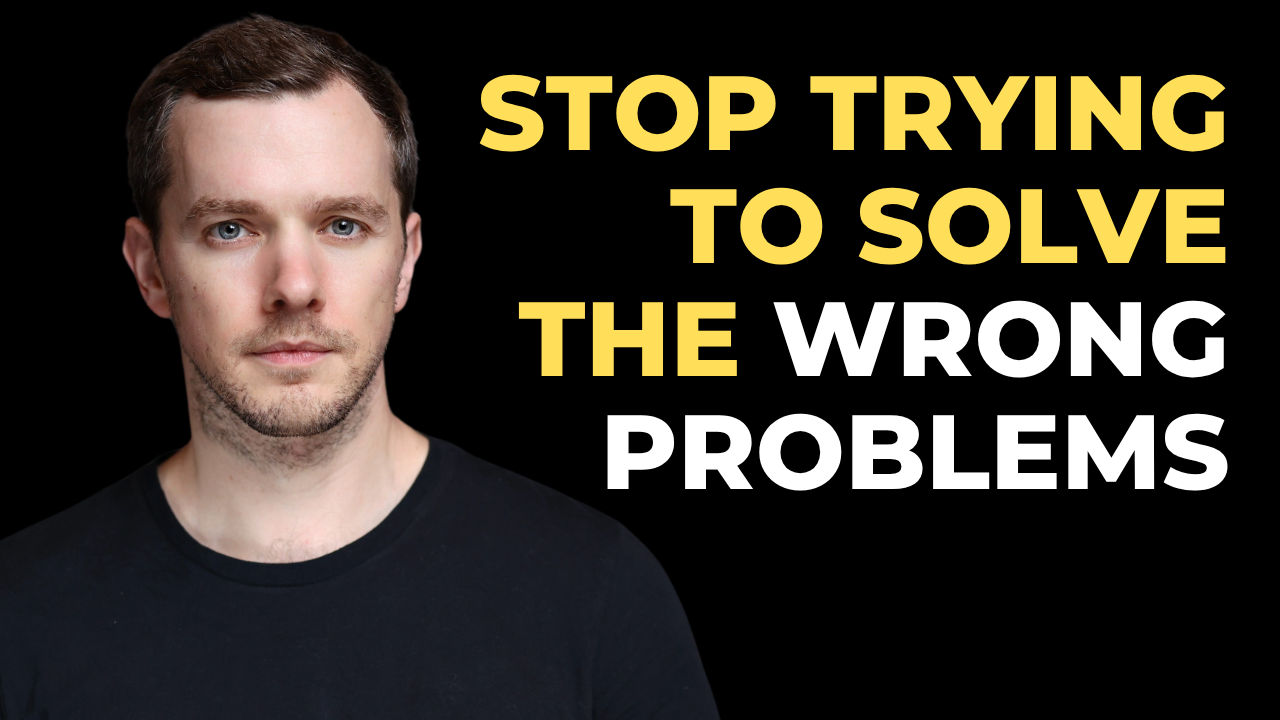Support communities defy every rule of successful communities.
They’re often about the organization, not about the audience. They’re
not based around a strong common interest – just temporary problem members
have.
Members typically join and post discussions without overcoming any
social fear first of participating. Members don’t typically build strong
relationships with each other and the sense of community has limited impact
upon levels of participation.
Can you guess why? Support communities aren’t communities.
By definition, a community is a group of people whom have developed
relationships around a strong common interest. In support communities, those
relationships don’t happen. People come; ask questions, get help, and leave.
Certainly, some members stick around and answer a lot of questions to
satisfy their need for efficacy, recognition, or achievement. Sometimes, those
members also strongly identify with the organization itself. Yet, doesn’t
constitute a community.
There are exceptions. GiffGaff, for example, goes far beyond customer
support and creates a genuine community amongst it’s members. This is the
exception, not the norm.
Support channels are powerful things that save organizations
significant sums of money in via call-deflection. However, they’re not
communities. They’re not the category that proves the rules of communities
don’t exist. If you’re trying to build a customer support channel, you’re
playing by a completely different set of rules.





